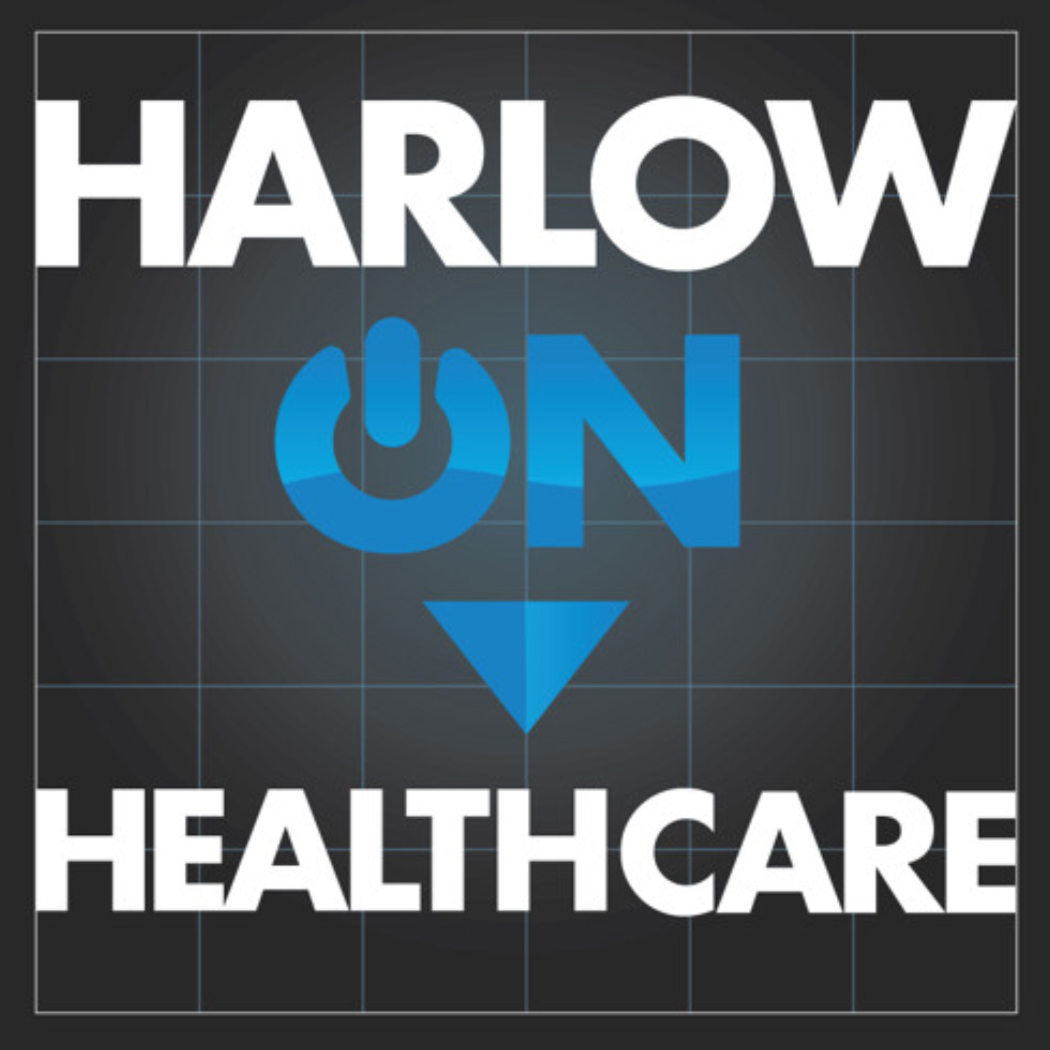I was privileged to participate in last week’s Quantified Self Public Health symposium, where one of the threads of conversation focused on teasing strategies for generalizable improvements in health status out of the data collected by quantified selfers. Over time, there has existed significant tension between the prevalent use of the randomized clinical trial as the gold standard for medical research and the value of N of 1 studies, the measurement and examination of cause and effect in a population of one.
Clearly, “N of 1” studies have been responsible for numerous triumphs over time, and should not be kicked to the curb. AHRQ even published an N-of-1 Trials User’s Guide last year.
As an example of the limitations of the more broadly accepted clinical trial model that is required as a precondition for marketing pharmaceuticals in the US, a recent piece in Nature highlighted the fact that not everyone with the same medical condition responds well to a single indicated drug therapy. (This article was shared via the Twitter backchannel at QSPH.) The piece calls out the “top ten” drugs — the highest grossing drugs — as poster children for imprecision medicine. For each person they help, they fail to improve the conditions of between 3 and 24 people. (That means that for each person they help, between 3 and 24 people have been prescribed the drug, have taken it for at least a while, and have not experienced the clinical effect for which the drug was prescribed — all at the expense of significant wasted resources at the societal, business and individual levels.)
Not surprisingly, there is significant overlap between these top ten and the top ten by claim count and by cost in the data set recently released by CMS about Medicare Part D prescription drug plan spending in 2013. (Abilify, Advair, Crestor, Cymbalta ….)
While there is certainly still value in the randomized clinical trial (and many tools just over the horizon that will make them easier to perform), there is enormous untapped potential in the N-of-1 trial. Perhaps in the future an individual profile may be run against a prescription drug in a simulator as a matter of course, so that we can know in advance whether a particular drug will work for a particular patient. Here’s hoping that AHRQ’s framework for N-of-1 trials, taken together with the tools being used and developed in the QS community, lead to broader use of this tool in appropriate settings so that our collective health may be advanced with greater precision, one patient at a time.
David Harlow
The Harlow Group LLC
Health Care Law and Consulting
Photo credit: Joe via Flickr CC



[…] 05/18/2015: See more recent post, N of 1 – Reflections on Extracting Knowledge from Data, for one of the key limitations of these […]